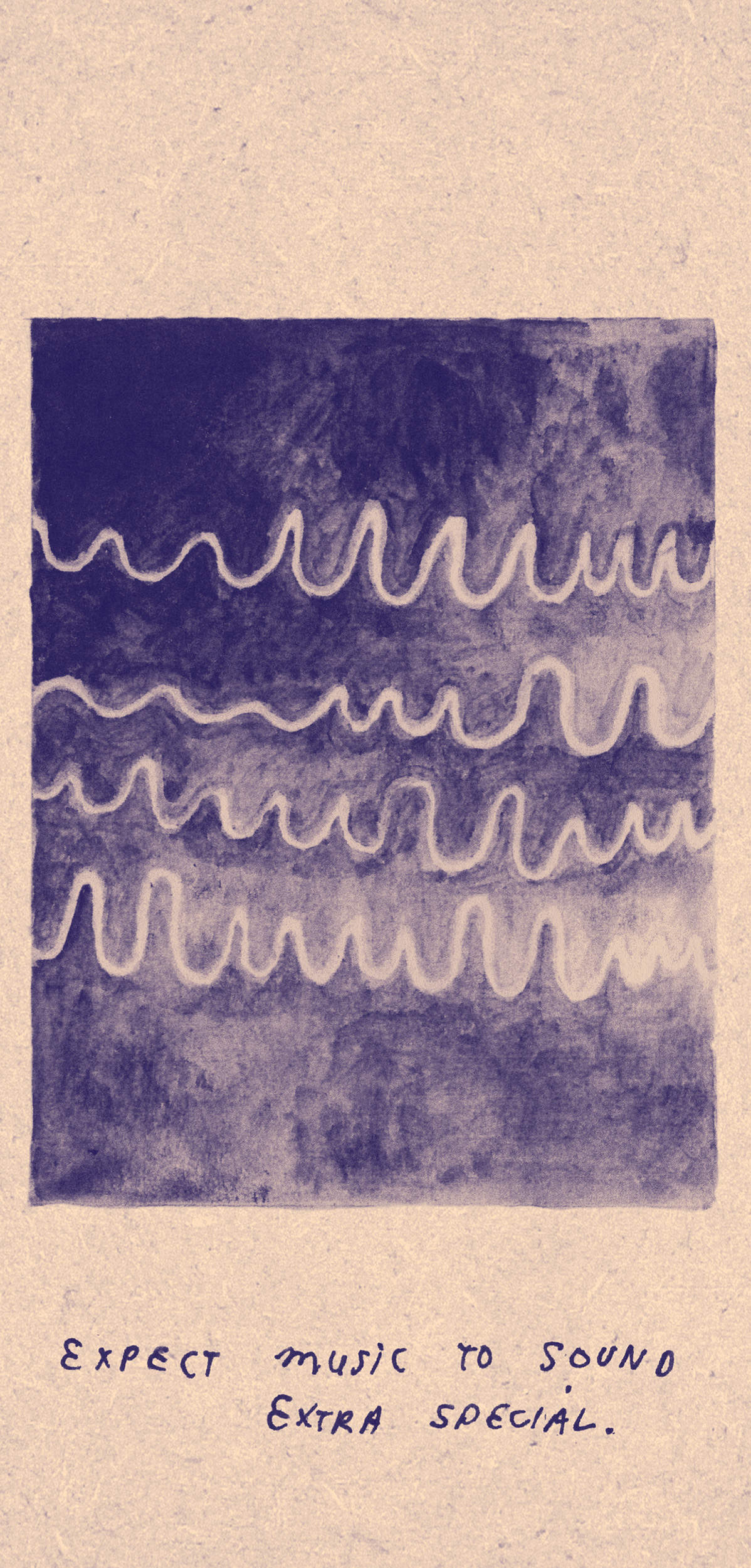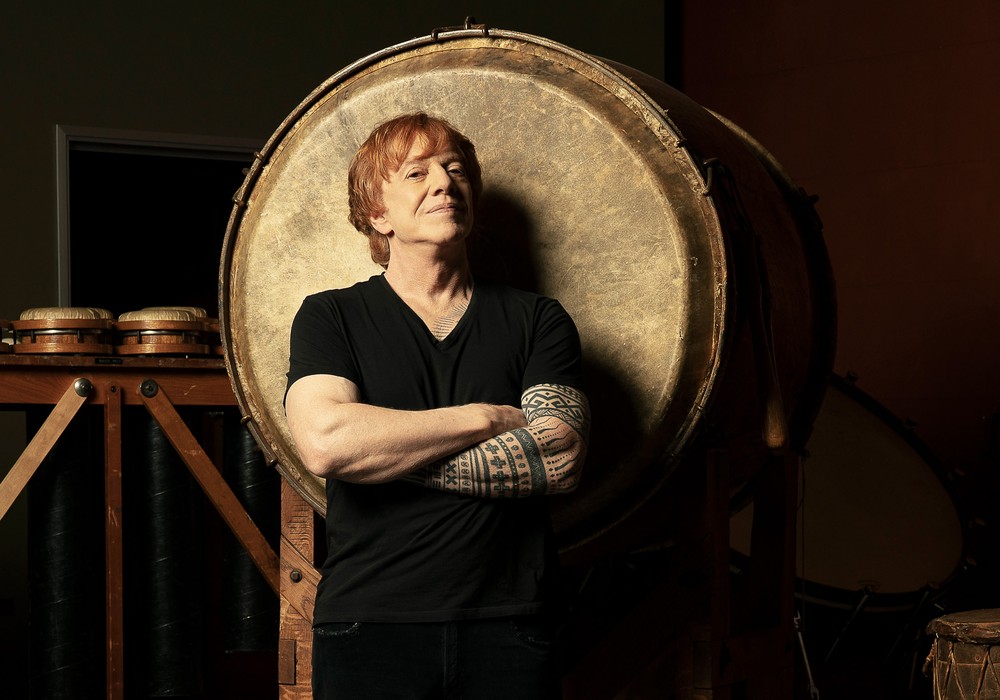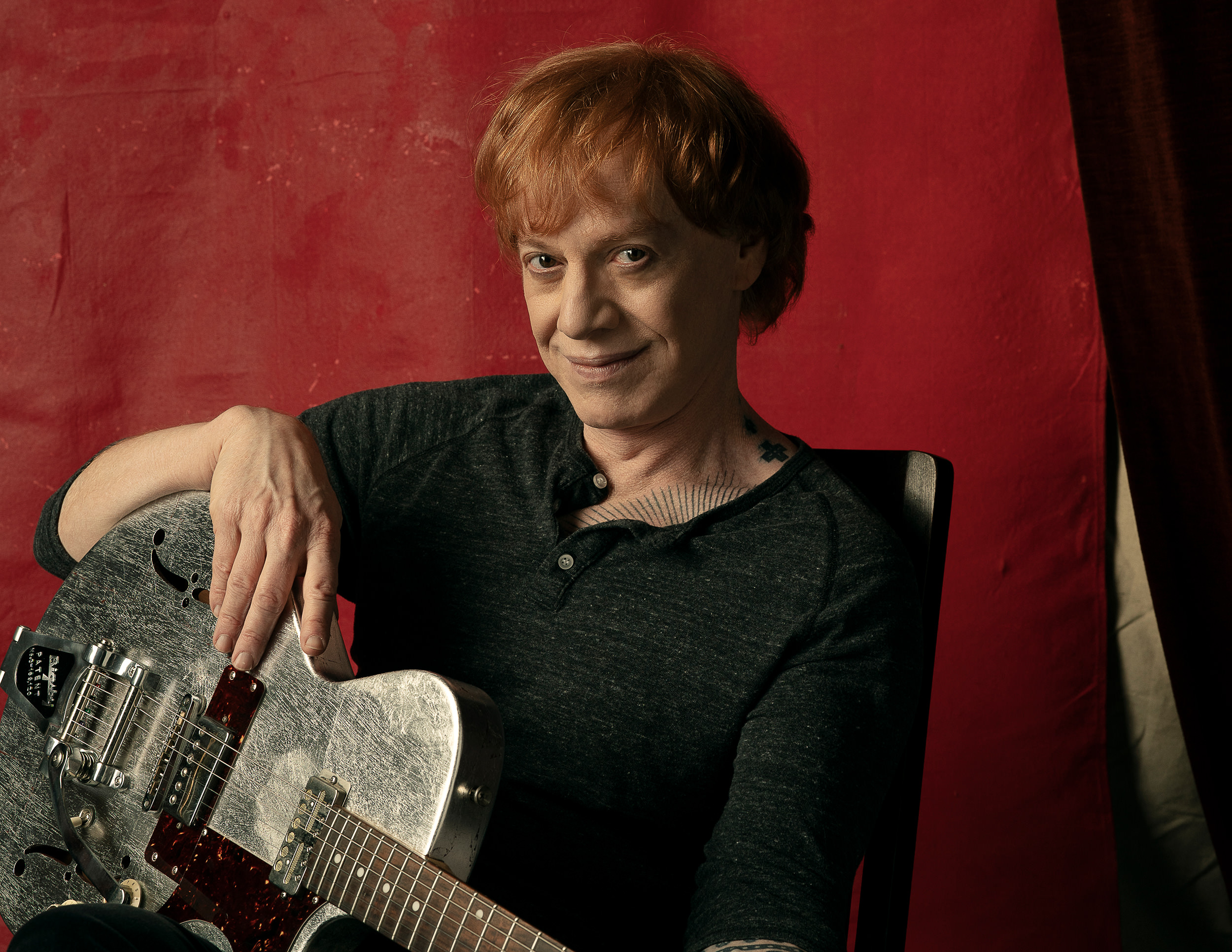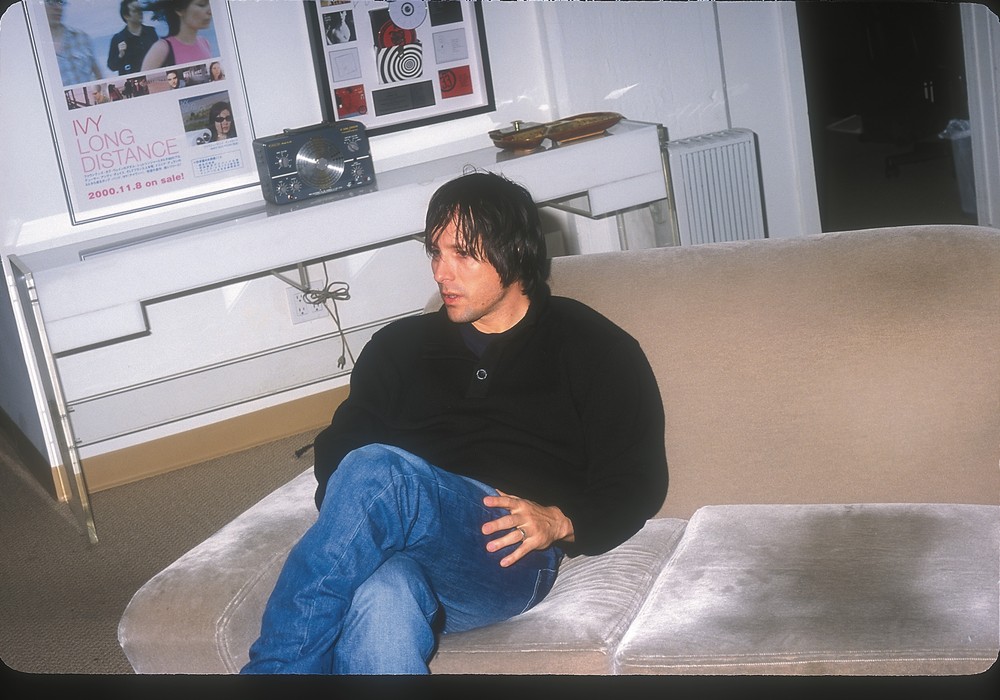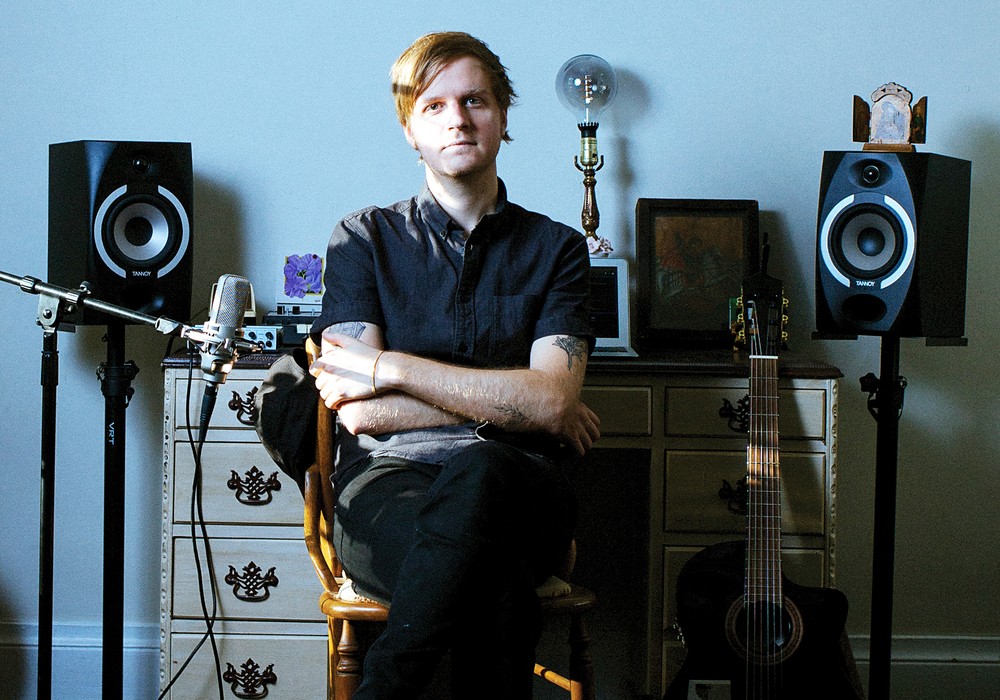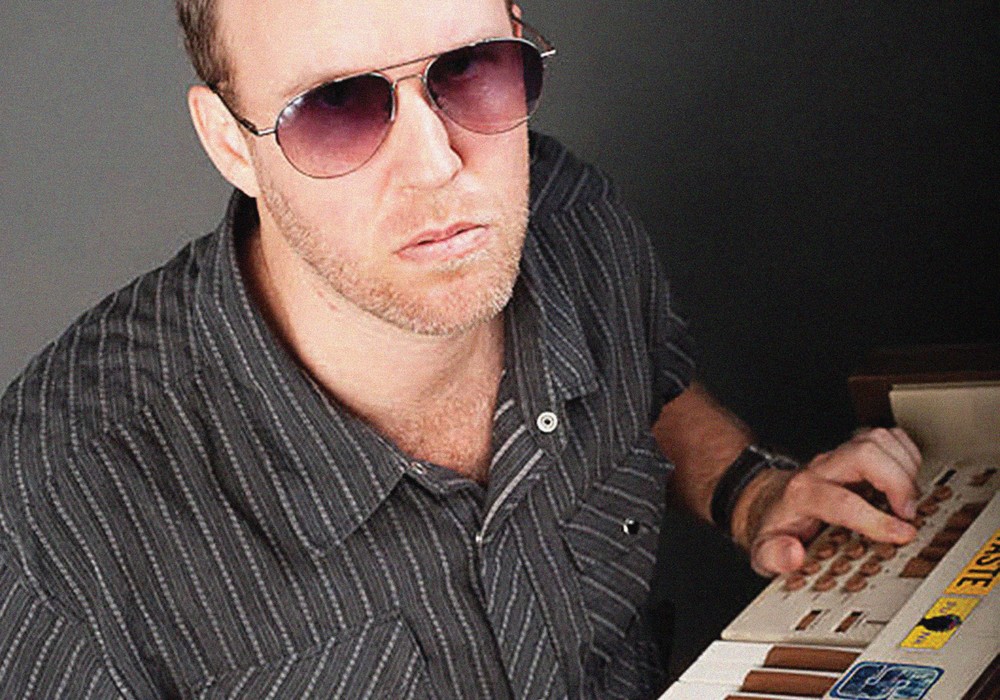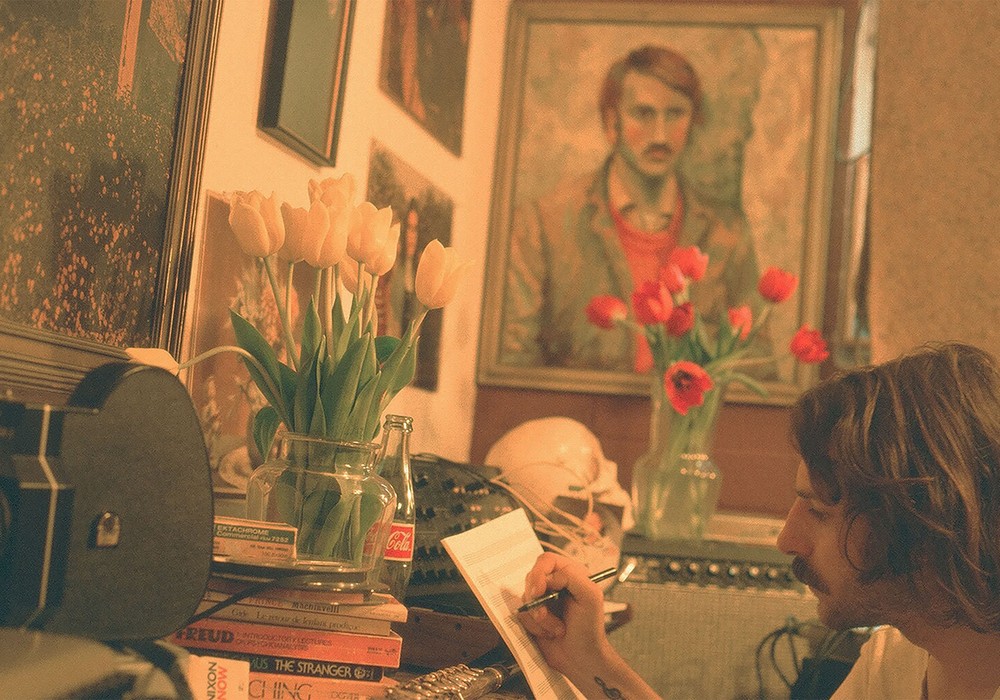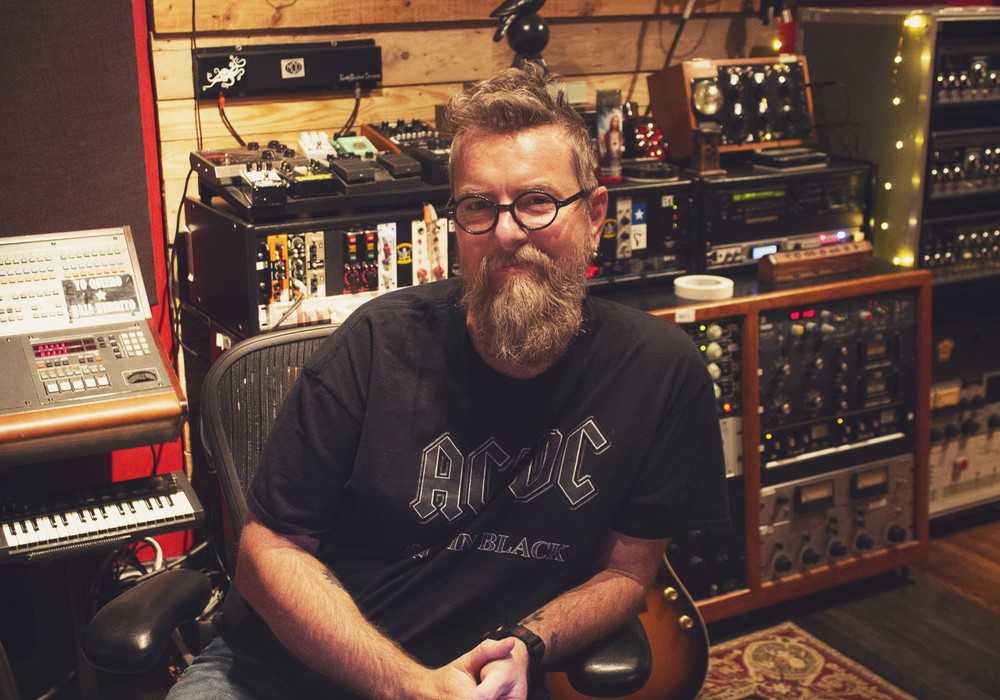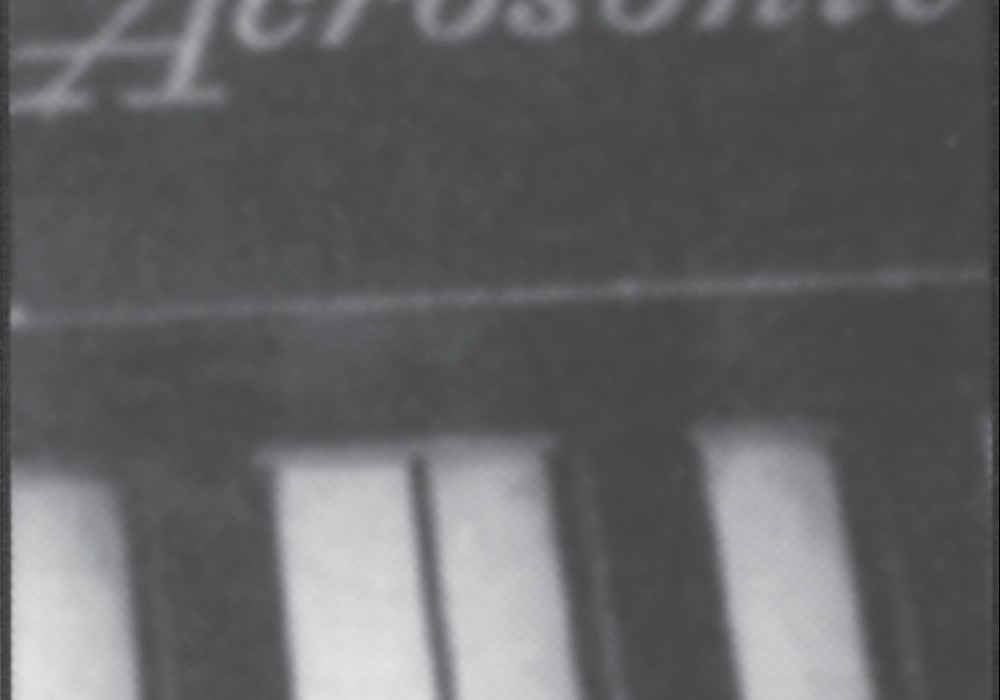Many likely know Danny Elfman’s name from movie credits, as he’s scored well over 110 films at this point. But some of us remember his ‘80s and ‘90s group, Oingo Boingo, along with their frenetic energy and twisted songs. Danny and I have an oddly intertwined history involving the soundtrack to Good Will Hunting, yet we had never met before. With the release of Big Mess, his first album of non-soundtrack songs in 27 years, I jumped at the chance to meet (and have a fun, loose chat) with an incredibly talented musician and composer.
Okay, we’re taping from this end.
I do love it how we still call it tape.
Even if we’re recording an interview via Zoom, we say, “I’ve got to tape that.”
I still do exactly the same thing. I go, “Are we getting this on tape? Is tape running?” It never changes. It doesn’t matter if it’s all [Avid] Pro Tools or not. “We’ve got it on tape.”
Even the word “analog” means “comparable.”
I know. I thought about putting a 24-track back in my studio again for the hell of it. I know that some people do believe in that.
There are two decks here.
[rotates camera]
What are those?
Otari MX-80s.
Otaris, yeah. At my first studio, back in Topanga, I was down 85 steps under the house on a hillside. I dug out, lifted up the house, put in a retaining wall, put the house back down on it, and called that my studio. I had an MCI 24-track and a Soundcraft mixing board, and I was so excited. “I’m in business here.” That was my world, for years.
Keeping those running was a pain.
Do you remember the synchronizers, the [Time Line] Lynx [Time Code] Modules?
Yeah. I’ve got an Adams-Smith Zeta~Three in here. I’ve never even hooked it up!
Back in the day, that’s what we had to use. I reached a point, in the ‘90s, where it was getting insane. On film scores we had four 24-track [tape decks] going. Then we’d bring in four of these digital multitracks, 8-track units, and we must have had eight Lynx all going. We’d start out a cue, and we’d be watching. Like, “Sync 1, 2, 3, 4, 5, 6… No, come on; god damn it! Cut. We didn’t get the last Lynx up.”
They’d have to have a lot of pre-roll
on tape to get the units to have time to sync.
So much pre-roll. I swear to god, we had to roll a minute before it started to sync up.
There are obviously aspects that none of us miss about that analog world. It’s hard to explain to someone who didn’t grow up seeing that in action.
It’s funny, because when it comes to tracking for a song, I still sometimes miss tape. It’s not as big of a luxury as it is in the film score, where we’ve got 100 tracks going. Being able to stop and start, roll back four bars and pick it up again with an orchestra… oh, my god; that was a game changer. When I’m playing along and hit a mistake, “Okay, cut! Let’s roll back to bar 116 and pick it up. There we go. Thank you.”
And to be able to easily “see” and know where that is, instead of rewinding and searching around for the bar.
Exactly, exactly. Anyhow, I’m sorry. I already digressed hugely. Apologies.
Oh, no issue! I thought we’d have an easy chat. I co-produced and recorded “Miss Misery” for Elliott Smith for Good Will Hunting. You did the score, and you arranged and co-produced his “Between the Bars (orchestral)” version for the soundtrack.
Sitting with Elliott and Gus [Van Sant, director] in the basement of Gus’s house is still one of the great treats I’ve had. I do remember heading out to see Gus in Boston, [Massachusetts], and he goes, “Look, I know this seems odd, but I’m going to give you a tape. Do you know who Elliott Smith is?” At that point I hadn’t been aware of him. He goes, “I think this will be the only artist in the score for songs, and I’d like to get your opinion and soak that up.” I listened, and it totally made sense. It was such a rare treat. Usually, songs are dropped in at the end. When I’m scoring, I don’t even know what they are until I go to the premiere, because they’ve changed ten times. Here I was able to take the score and make it go rather seamlessly into the song and back into the score. To try to make it all cohesive...
